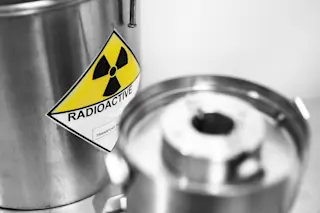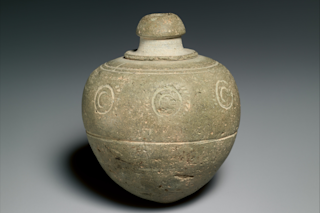Here’s the situation: You spot Roman attack ships headed for your shores. Do you order your troops to ready the cannons? Or–in an ancient MacGyver move–do you use a parabolic mirror, focusing the sun’s rays to set the ships on fire? Though the latter is clearly more suave, recent research has shown that the 212 B.C. legend about Archimedes’ mirror defense is unlikely: He probably pulled out the big guns instead.
Cesar Rossi, a mechanical engineer at the University of Naples in Italy, figured out the numbers. A steam cannon–like the ones Leonardo da Vinci drew in the 1400s–could use less than a tenth of a cup of water to fire a hollow clay ball, at 134 miles per hour, to hit a target 492 feet away. For comparison, an 1854 American Civil War Howitzer cannon could fire a ball about ten times farther–a little less than a mile.
Rossi ...













